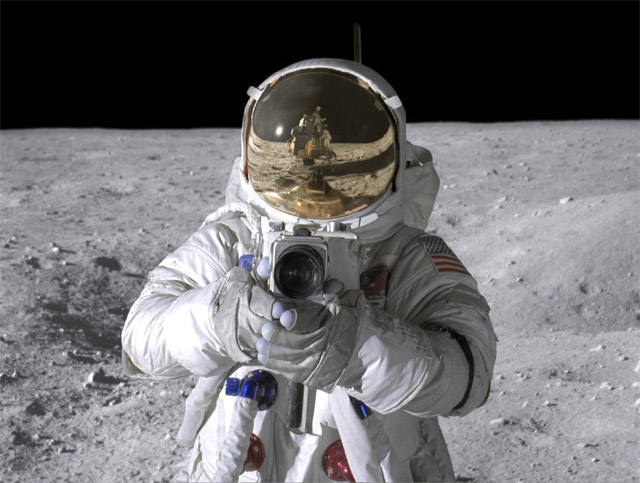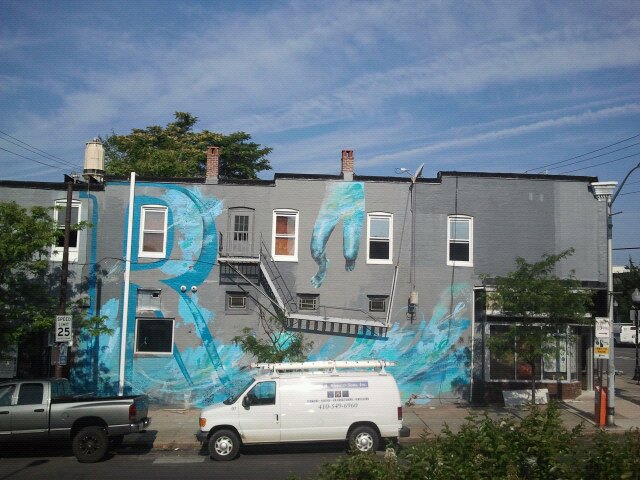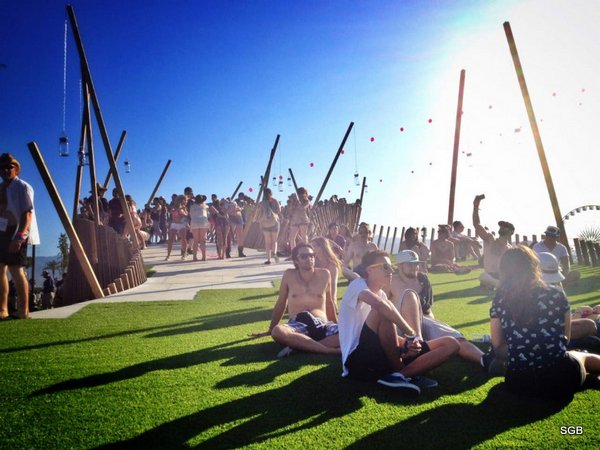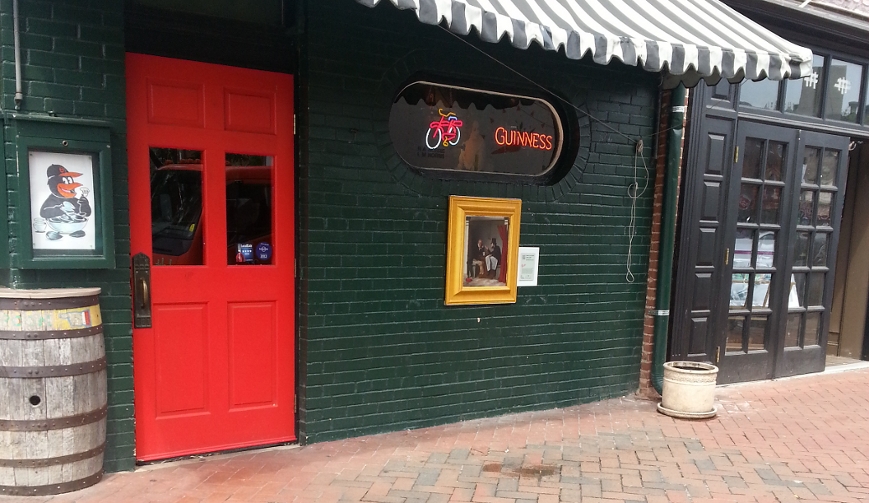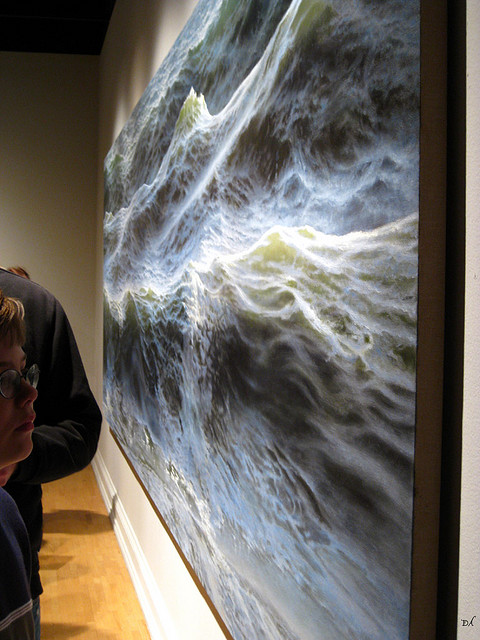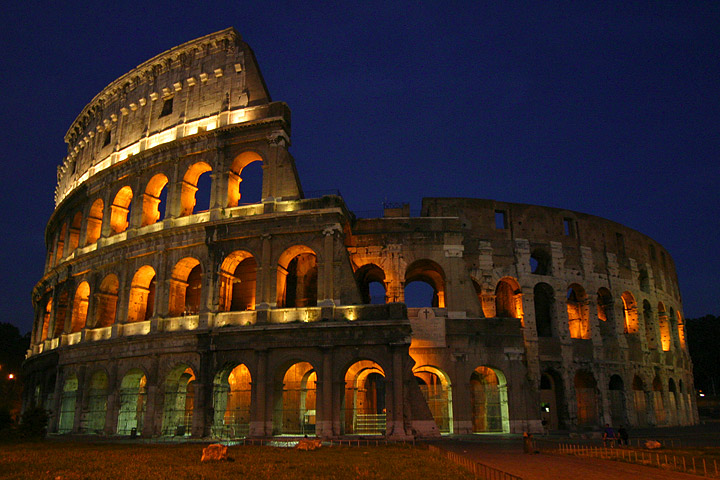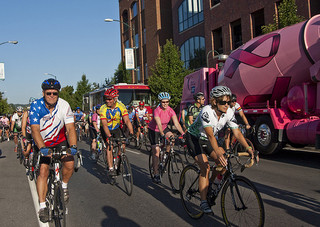
JR is an international street artist who uses portraits to tell stories. His work is not only big in the sense that his canvases are typically measured in meters but his statements are huge!
In his early work, Portraits of a Generation, JR captured images of the overlooked population of youth in the projects of Paris and posted them in highly visible locations throughout the city. In his later work Face 2 Face, he captured images of both parties to the Israel-Palestinian conflict and posted them side by side on the Separation Barrier. His most recent work, The Inside Out Project, is an open invitation to the world to tell their story through portraiture. The Emmerson Collective is using the project as a tool to highlight the stories of the newest residents of the United States.

Inside Out Baltimore: Kristin Stith, Scott Burkholder, Bonnie Schupp photo by Theresa Keil via What Weekly
JR’s work touches upon some of the most divisive topics: poverty, human dignity, the middle east, war, immigration and the list goes on. However, JR refuses to get political and professes that his work is apolitical. How can he do that? JR does so by looking at these circumstances through the lense of values and not as “issues.” He sees his work as telling the story of humanity
“This artistic act is first and foremost a human project”
JR has tapped into the most powerful and important attribute of art. Art is about values!
When art is a place for society to explore our values, it is extremely powerful. By focusing on human story, JR directs our attention to our universal axiom of being human. He gives us dignity and causes us to explore dignity without regard for condition because we all have a story. JR and successful art gets to the root of humanity by using issues not for the sake of an agenda but for the sake of reminding us of the most important things about being human.
Exploring our values is extremely important! In a society, and world, that is hung up on the fleeting nature of issues, we have become overly divided. I dare say that there are values that all people will claim. Life, liberty, love, the pursuit of happiness … to name a few. There are very few issues or interests that a significant majority would claim (see the current Habor Point TIF issue in Baltimore Maryland.). It is in our values that we will have the opportunity to not only work together, but to live together. The divided world needs to consider the values behind our thoughts and actions. In that exploration we might possibly find the ground big enough for all of us to stand on.
JR is not a politician, but his work is making big bold statements as if he were one. And his work is likely doing more to change the world than politics as usual.



